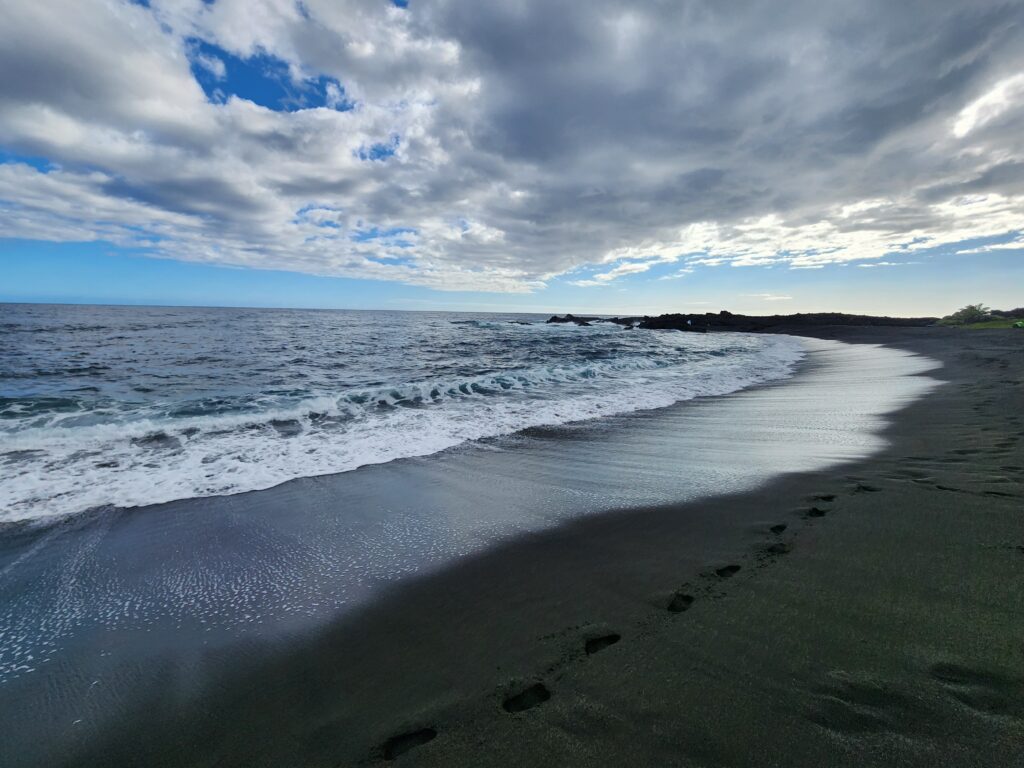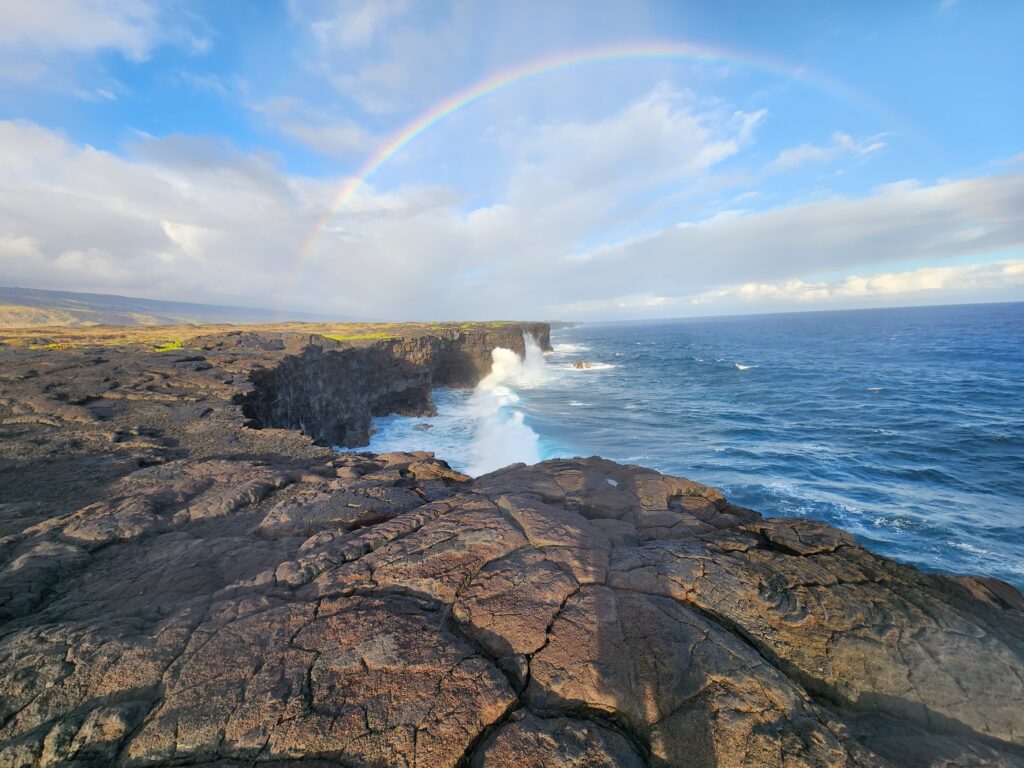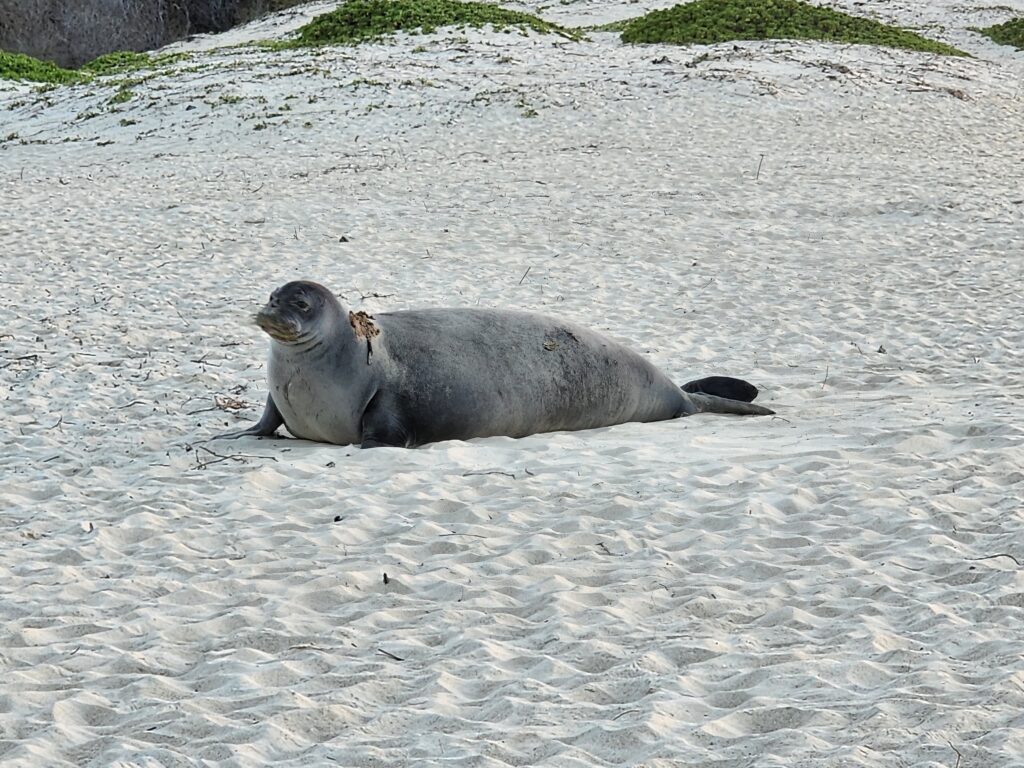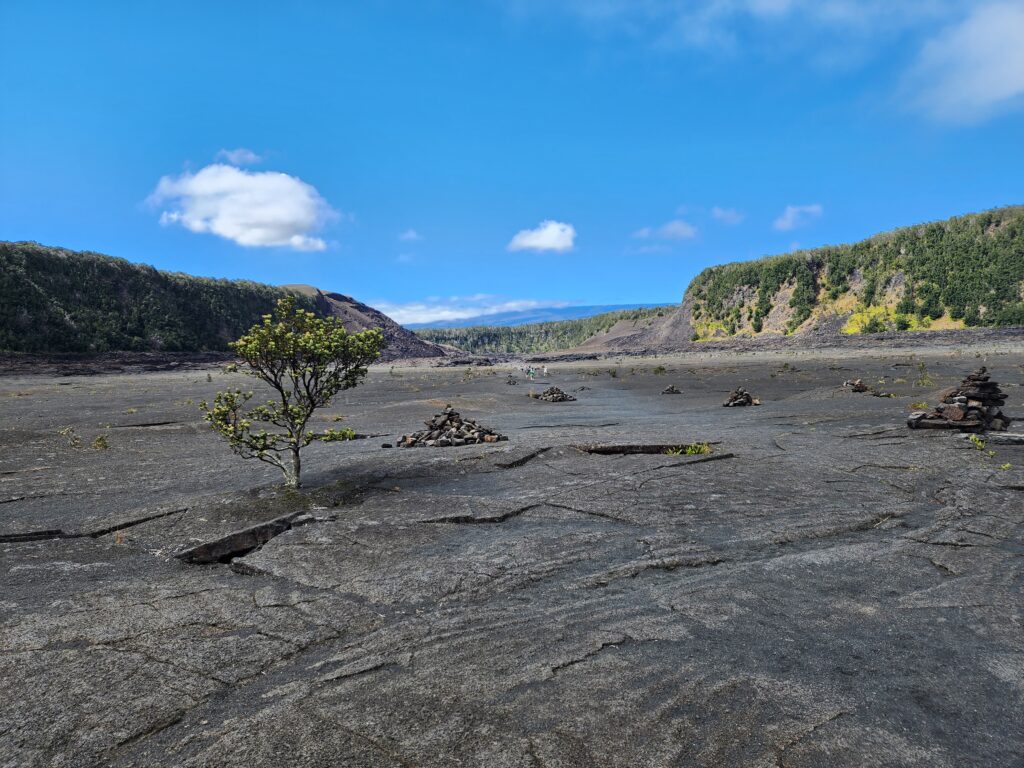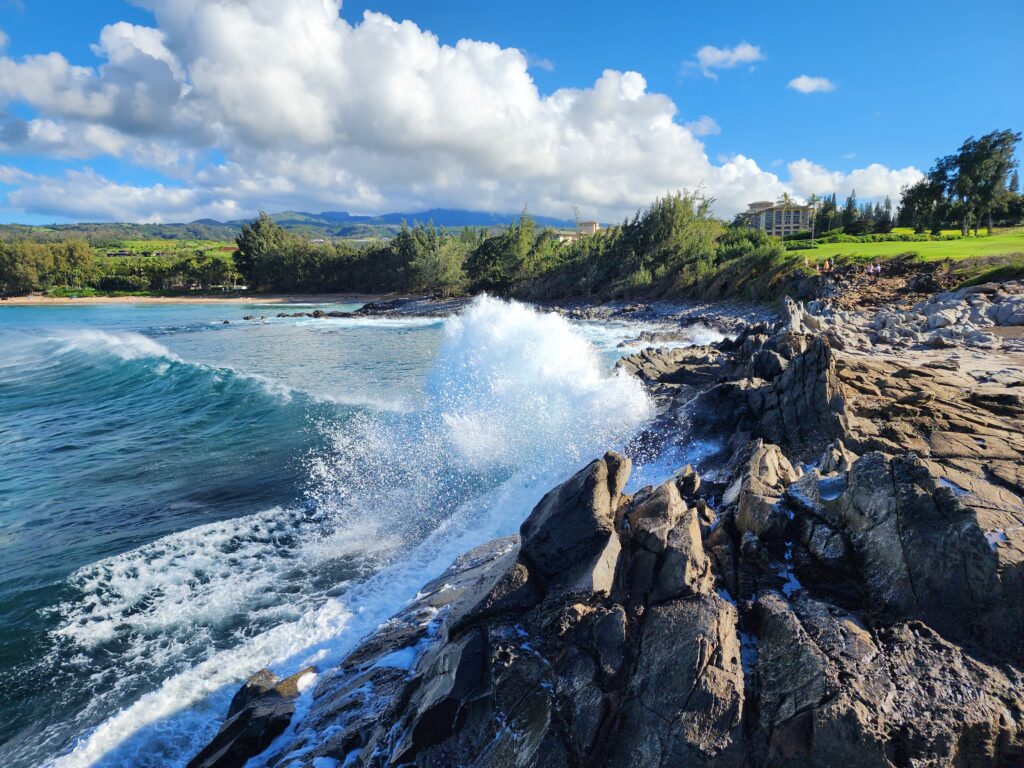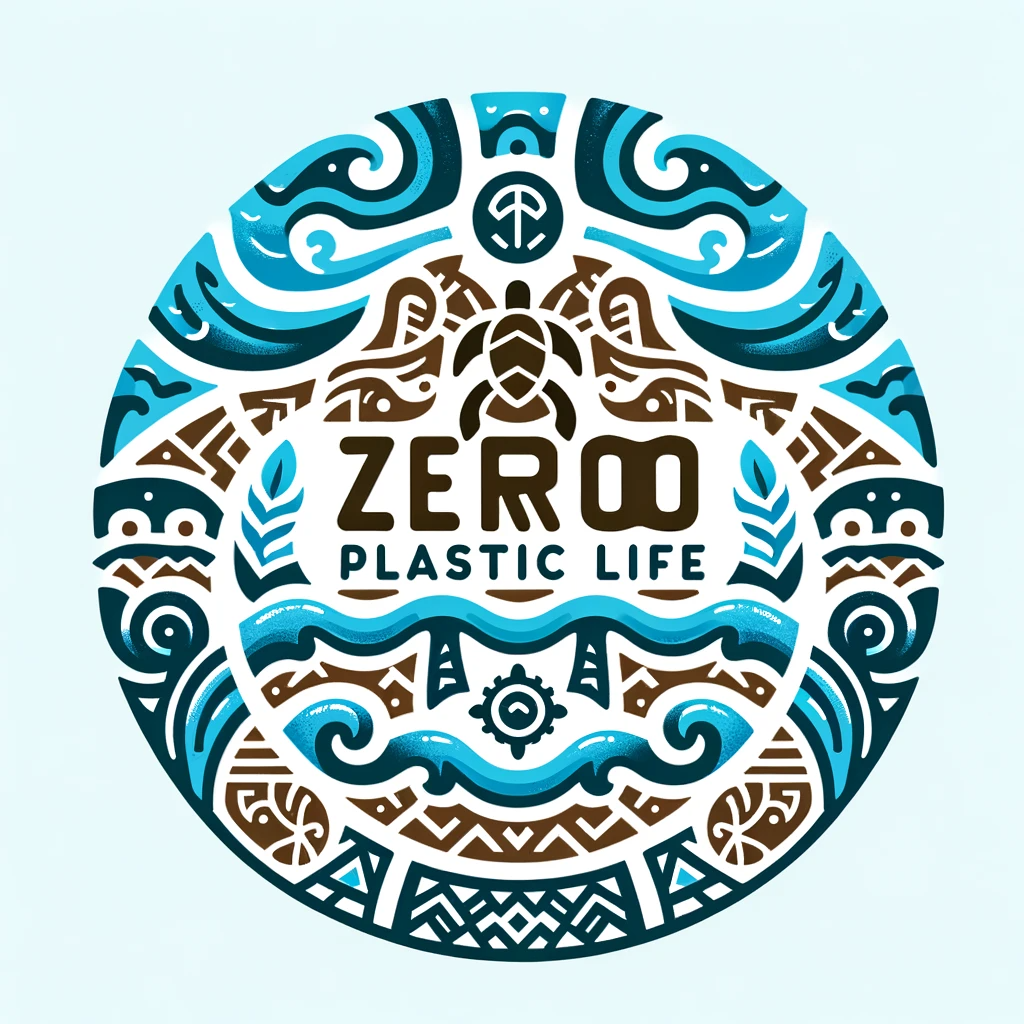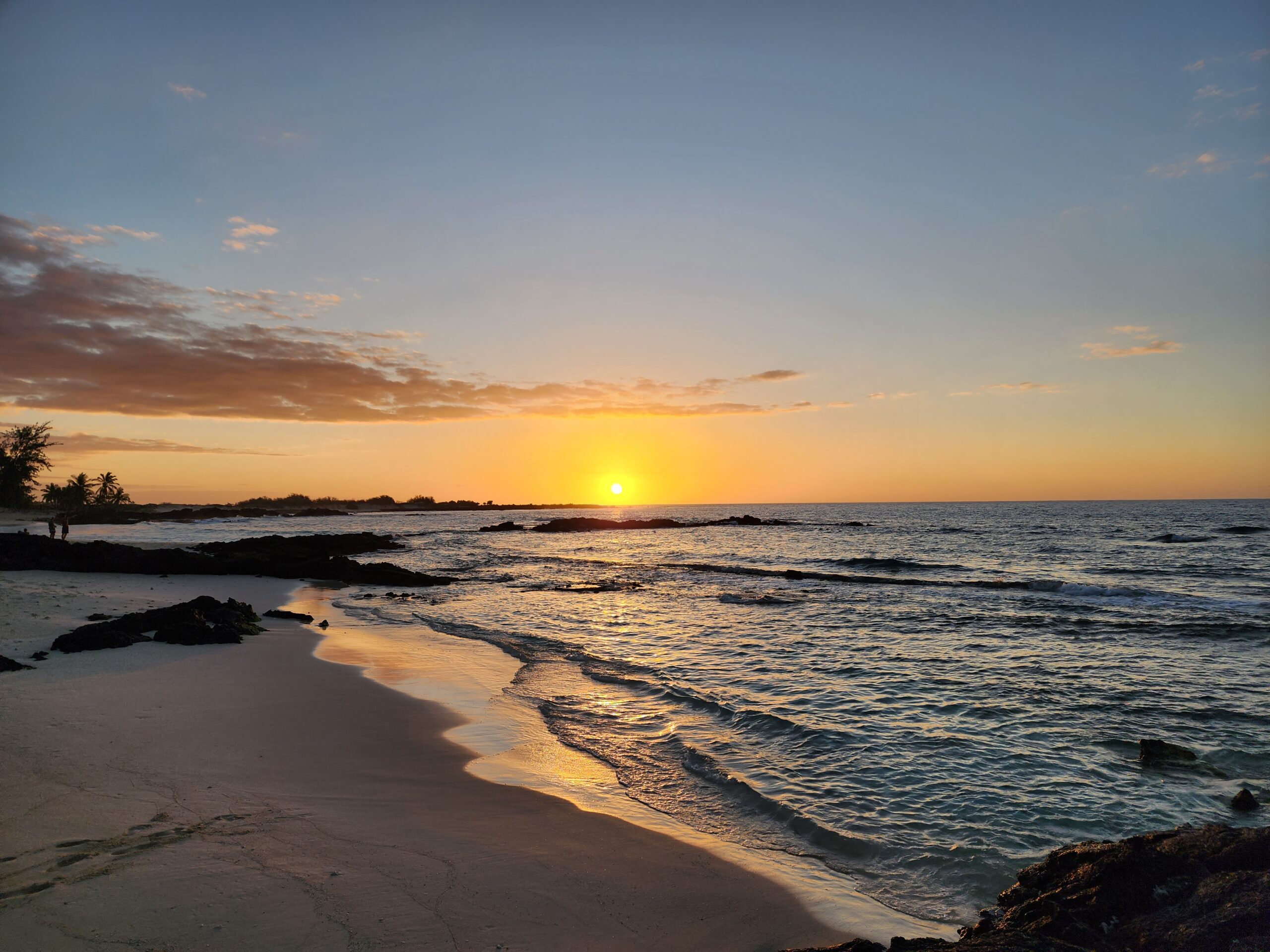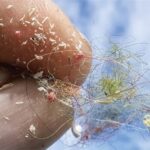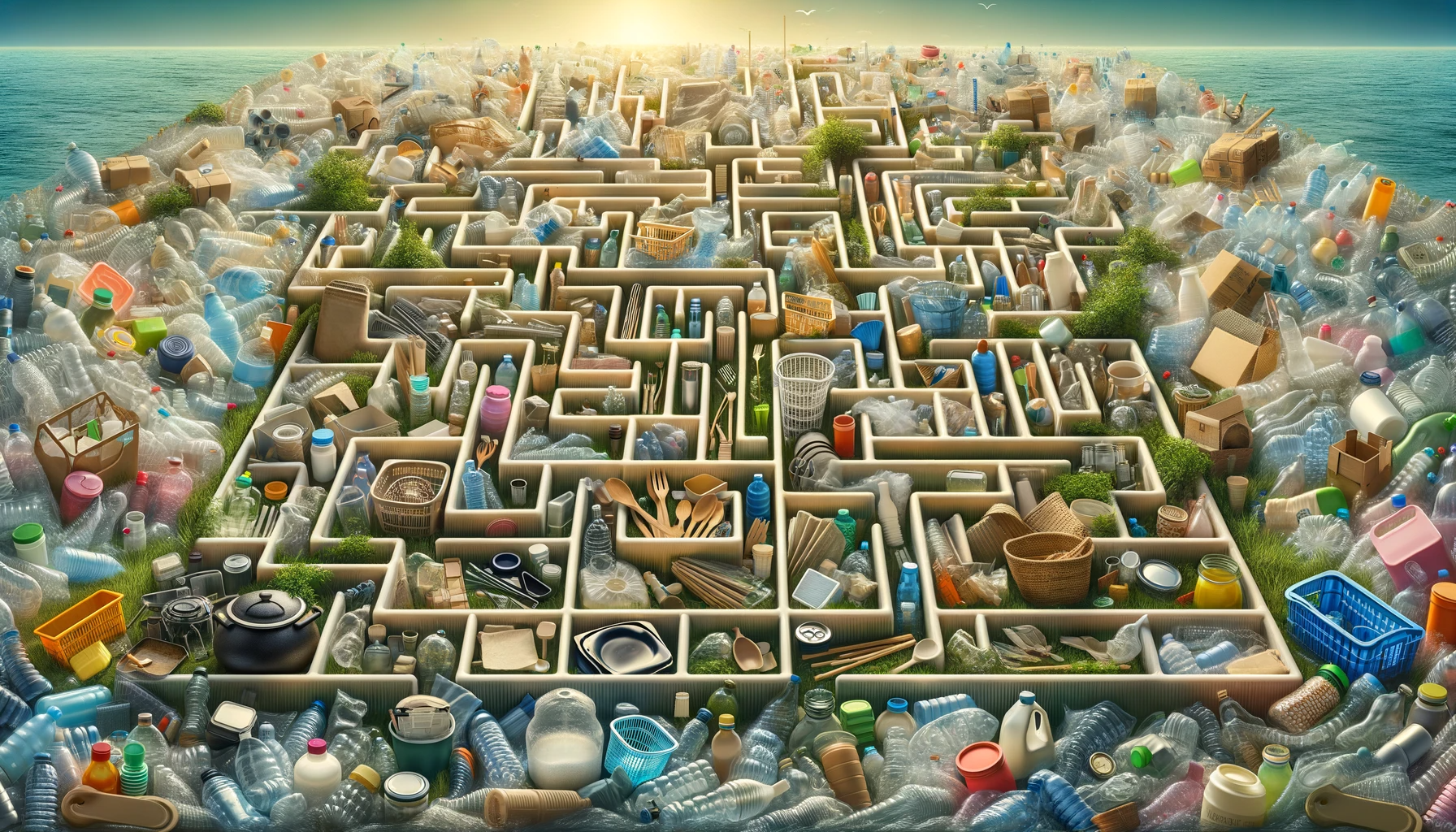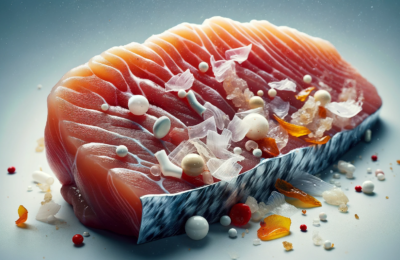Aloha! 🌺 We’ve been riding the waves and soaking up the sun in the beautiful state of Hawaii, which explains our brief hiatus from posting. But don’t think we’ve been idle—our trip was not only a respite but also a rich source of inspiration for future blog posts, particularly around the theme of travel and its intersection with the zero-plastic lifestyle.
Looking ahead, we’re setting our compass to navigate the vast and often uncharted waters of sustainable travel. Our recent Hawaiian journey has only deepened our commitment to this cause, and we would like to start incorporating travel reviews with a focus on plastic use and sustainability practices.
Observations
During our island escapades, our minds were abuzz with ideas on how to delve deeper into the sustainable practices of the destinations we visit. We noticed everything from restaurant takeout containers to hotels’ efforts in reducing plastic usage, and we’re eager to share these insights.
It struck us how different establishments, from hotels to fast-food joints, tackled the challenge of plastic waste. Many used cardboard or other compostable materials for their to-go containers—a commendable initiative that begs the question: If these solutions are feasible in Hawaii, why aren’t they standard practice across all locations of these chains? The obvious suspect is cost, but surely the environmental price tag is too high to ignore.
Missed Opportunities and Pleasant Surprises
Our Hawaiian adventure revealed a mixed bag of attempts at sustainability. Some efforts were commendable, like a hotel in Wailea, Maui, which provided aluminum reusable water bottles. Others were less so, like the hotel in Waikiki offering plastic bottles, albeit reusable ones. Why not choose a more sustainable material? Both hotels did have refillable water stations, but we stuck to our trusty stainless steel bottles from home.
Unnecessary Plastic Wraps and an Array of Straws
At one hotel, we saw whole fruits, each individually wrapped in plastic saran wrap. While the intention might be to maintain hygiene, the execution left us disheartened—there has to be a better way.
On a positive note, we were introduced to an array of innovative straw alternatives, including coconut fiber, showcasing the creativity in combating plastic straw pollution.
Unpacking the Puzzle of “Compostable” Plastics
In the heart of Hawaii’s verdant landscapes and pristine beaches, we encountered a conundrum : the use of “compostable” plastics. These materials are often touted as a green solution, a step away from traditional plastics towards a more sustainable future. Yet, as we’ve seen, the reality is far from straightforward.
The Complexity of Composting: Compostable plastics are designed to break down within commercial composting facilities under specific conditions—conditions that are not typically found in natural environments. This means that for these materials to truly be eco-friendly, they require access to industrial composting systems, which are not widely available in many regions. In Hawaii, we saw these compostable items, but the facilities needed to process them seemed to be absent.
The Consumer Dilemma: For travelers staying at hotels or vacation rentals, such as us, the presence of compostable plastics raises several questions. How should these items be disposed of? Without clear guidelines or systems in place, these well-meaning products are often tossed into the trash, where they’ll likely end up in a landfill, not breaking down as intended. In our experience during our stay in Hawaii, we noticed a lack of designated disposal points for ‘commercially compostable only’ items at resorts and public areas. This absence begs the question: Where should these items go? Can they be placed in regular recycling bins, or do they require a special facility?
The Environmental Impact: When compostable plastics don’t reach the right facilities, their environmental benefits are lost. Moreover, if they’re mixed with recyclables, they can contaminate the recycling stream, causing more harm than good. It’s a challenge that requires not just better products, but better systems and education on proper disposal.
The Path Forward
To truly tap into the potential of compostable plastics, we need a multi-faceted approach:
Infrastructure: Expansion of commercial composting facilities to process these materials effectively.
Education: Clear information for consumers on how to dispose of compostable plastics properly.
Alternatives: Continued innovation in truly biodegradable materials that don’t rely on industrial processes to break down.
Reflection and Action: As we reflect on our encounters with compostable plastics in Hawaii, it’s clear that there is both an opportunity and a pressing need for action. We need to move beyond simply substituting one type of disposable for another and work towards systemic changes that consider the lifecycle of the products we use.
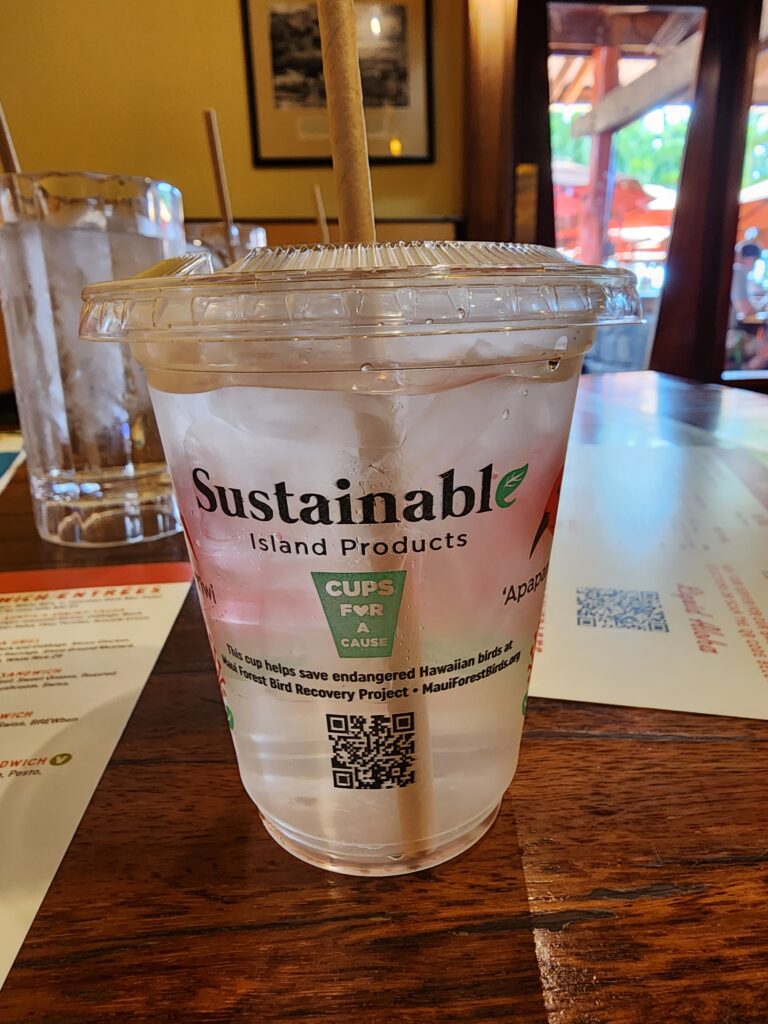
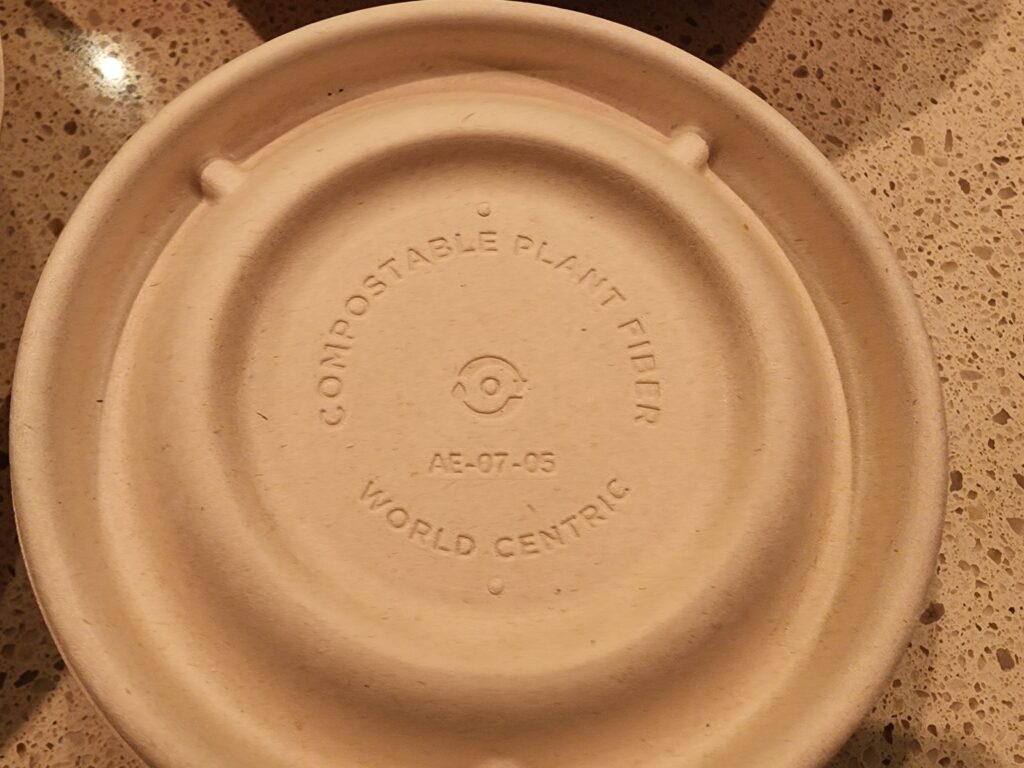
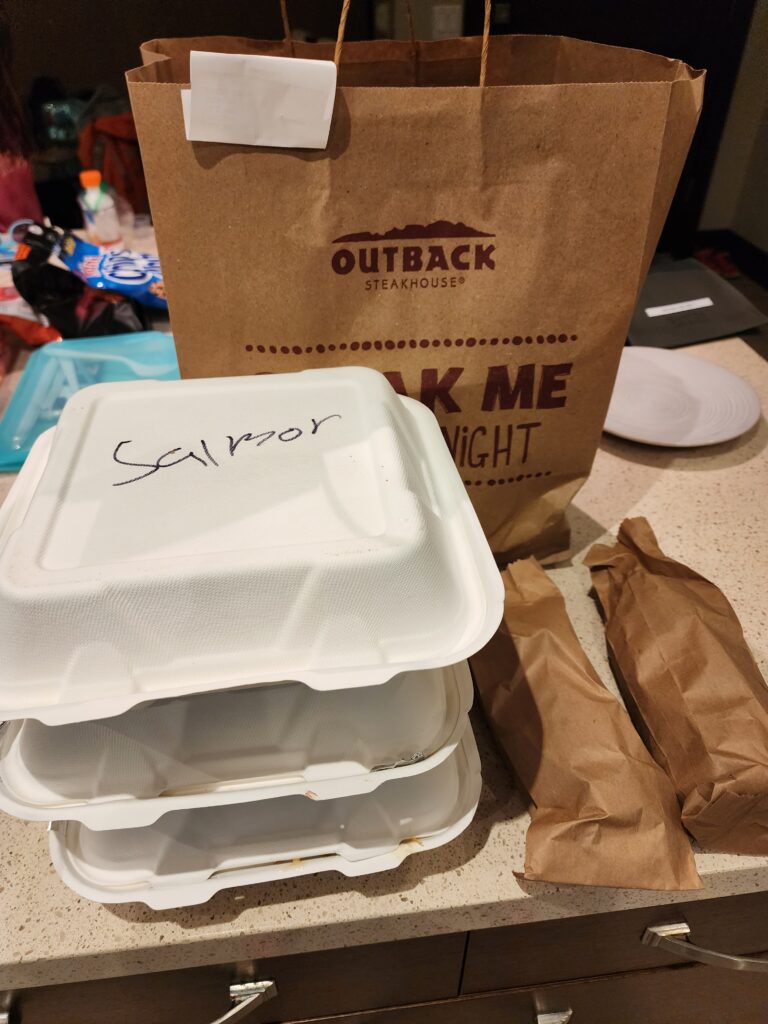
The Verdict on Hawaii’s Plastic Progress
Despite some shortcomings, it’s evident that Hawaii is a frontrunner in the United States when it comes to environmental conservation and sustainable living. The initiatives we witnessed are promising steps toward a future where businesses and consumers alike embrace alternatives to plastic.
Supporting Ocean Stewards
In our travels, we were also introduced to the Papahānaumokuākea Marine Debris Project, a non-profit doing remarkable work to clean up Hawaii’s beaches and oceans. We encourage you to check them out and support their mission:
Papahānaumokuākea Marine Debris Project Website
Looking Ahead
As we continue our journey, we’re more committed than ever to bring you detailed posts about the sustainable practices we encounter. We’ll explore how different locales approach the challenge of living plastic-free, and we’ll share both the successes and the areas ripe for improvement.
We’re back, refreshed, and ready to dive into creating content that not only informs but also inspires action.
Until then, we’d love to hear your thoughts: What plastic-free products or practices have you encountered in your travels? How do you navigate the balance between convenience and sustainability on the road? Share with us, and let’s journey towards a plastic-free world together.
Mahalo for being a part of this adventure with us! 🌊
